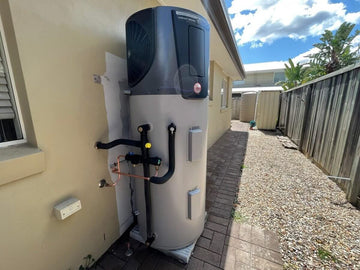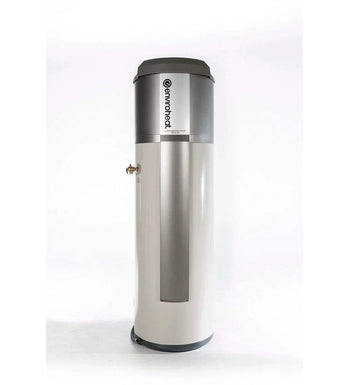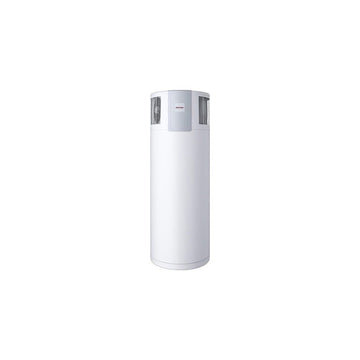Blocked Sink? Here’s How to Fix It Fast (DIY Tips That Work)
Dealing with a [clogged sink]? Don’t panic—most blockages can be cleared quickly using a few simple household items. Whether it’s hair in your bathroom drain or food scraps in your kitchen, these DIY tips will get your sink draining like new.
Key Takeaways
✅ Kitchen sink clogs are often caused by grease, food, or soap residue.
✅ Bathroom sinks usually clog due to hair and toothpaste buildup.
✅ Simple fixes like boiling water, baking soda and vinegar, or plunging are often enough.
✅ Preventative habits and regular maintenance go a long way.
What Causes a Clogged Sink?
Before you reach for tools, it helps to know what’s causing the blockage. Different rooms = different clogging culprits.
Bathroom Sinks
-
Hair trapped in the drain
-
Soap scum buildup
-
Hardened toothpaste
-
Small objects like earrings or clips
Kitchen Sinks
-
Cooking oils, fats, or grease solidifying in pipes
-
Food scraps like rice, pasta, and eggshells
-
Coffee grounds or tea leaves
-
Dishwashing detergent mixed with food residue
General Causes
-
Blocked P-trap (the curved pipe under the sink)
-
Slow drainage from years of residue buildup
-
Sewer issues causing multiple sinks to clog simultaneously
DIY Solutions for a Clogged Sink
Try these quick and effective fixes before calling a plumber:
1. Boiling Water
🔥 Best for: Grease and soap blockages
-
Boil a full kettle of water
-
Pour directly into the drain
-
Repeat 2–3 times if needed
2. Baking Soda + Vinegar Reaction
🧪 Best for: Organic buildup
-
Pour 1 cup of baking soda down the drain
-
Follow with 1 cup of vinegar
-
Let it fizz for 15 minutes
-
Flush with hot water
3. Use a Plunger
🪠 Best for: Mild food or hair clogs
-
Fill the sink slightly with water
-
Place plunger over the drain and plunge for 30 seconds
-
Check if water flows freely
Stubborn Sink Blockage? Try This
4. Clean the P-Trap
🛠️ Best for: Physical debris stuck in the pipe
-
Place a bucket underneath the sink
-
Unscrew the P-trap
-
Remove any visible gunk
-
Reassemble and test the flow
5. Use a Plumbing Snake
🔩 Best for: Deep or stubborn clogs
-
Insert the snake into the drain
-
Rotate while feeding it down
-
Break through or pull out the clog
-
Flush with hot water
Preventing Future Clogs
Don’t want to do this again next week? Follow these simple tips:
-
🧽 Use a sink strainer – Stops food and hair before it enters the pipe
-
🛢️ Never pour grease down the sink – Let it cool and bin it
-
♨️ Weekly boiling water flush – Stops buildup early
-
🚫 Avoid washing these down the sink:
-
Coffee grounds
-
Rice and pasta
-
Eggshells
-
Fibrous peels like celery
-
-
🔁 Monthly baking soda + vinegar flush – Keep pipes clear naturally
-
🔧 Clean your P-trap every few months
When to Call a Professional Plumber
If your DIY efforts fail, or if the issue is more serious, it’s time to call the pros.
📞 Contact JR Gas & Water if:
-
You have multiple sinks clogged at once
-
Water is backing up into sinks or tubs
-
You smell foul odours from the drain
-
You hear gurgling when draining water
We’re local, licensed, and experts in drain clearing across Brisbane and Gold Coast.
➡️ Book a professional drain service today
Summary
A [clogged sink] doesn’t always require a plumber. In many cases, boiling water, baking soda and vinegar, or a plunger can fix the issue fast. But if the clog keeps coming back, or you suspect a more serious blockage, get in touch with the plumbing experts at JR Gas & Water.
✅ Save money with DIY tips
✅ Know when to call a professional
✅ Prevent future issues with smart habits
Frequently Asked Questions
1. What can I pour down a sink to unclog it?
Boiling water, baking soda and vinegar, or an enzyme-based drain cleaner are good first options.
2. What is the fastest way to unclog a sink?
Try pouring boiling water followed by plunging. It clears most minor clogs quickly.
3. What’s the best tool for sink blockages?
A sink plunger or a drain snake is ideal, depending on how deep the blockage is.
4. How do I stop my sink from clogging again?
Use sink strainers, don’t pour grease down the drain, and do monthly cleaning flushes.
5. When should I call a plumber for a clogged sink?
If water backs up, multiple drains are blocked, or odours persist—it’s time to call a licensed plumber.
🏆 JR Gas & Water – Voted Best Plumbers & Best Home Care Store 2023, 2024 & 2025
💧 Reliable plumbing help is just a click away.
📍 Servicing Brisbane, Logan, Redlands, Gold Coast & surrounding suburbs

























